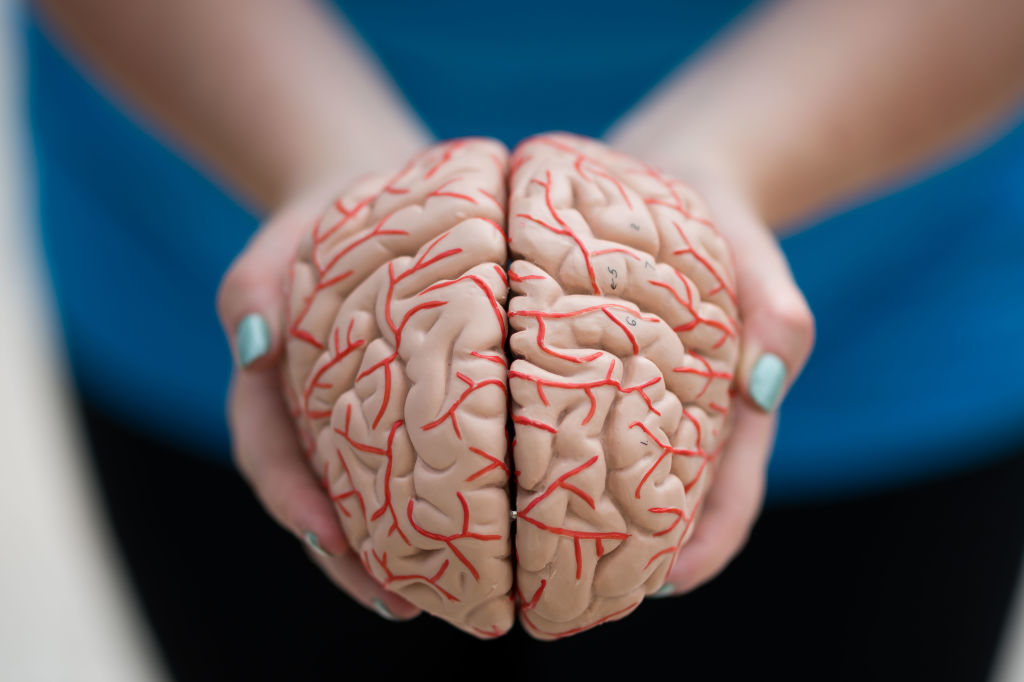World Stroke Day, observed every year on October 29, aims to raise awareness about stroke, one of the world’s leading causes of death and long-term disability, and to promote timely intervention for prevention and treatment.
Globally, stroke affects about 15 million people annually, leading to five million deaths and leaving another five million permanently disabled, according to the World Health Organization (WHO). In India too, stroke remains among the top causes of death and chronic disability, imposing a heavy burden on families and the healthcare system.
Reaffirming its commitment to holistic and preventive healthcare, the Ministry of Ayush on Wednesday called for an integrated approach that combines modern medicine with traditional systems to support prevention, timely care, and long-term recovery from stroke.
Union Minister of State for Ayush, Prataprao Jadhav, said a “multi-dimensional approach to healthcare” is essential in managing stroke cases effectively.
“Preventive and rehabilitative measures rooted in traditional practices can significantly complement conventional stroke management,” he said, adding that the Ministry is committed to promoting evidence-based traditional healthcare to enhance quality of life and reduce the national burden of stroke.
Jadhav emphasised that strengthening research collaborations and public awareness could play a transformative role in prevention and sustainable recovery.
Vaidya Rajesh Kotecha, Secretary, Ministry of Ayush, said that Ayush systems of medicine provide a comprehensive understanding of neurological conditions such as stroke and offer valuable insights into prevention and rehabilitation.
He highlighted the Ministry’s efforts to advance collaborative and translational research to scientifically validate and expand the therapeutic potential of traditional interventions, thereby strengthening integrative neurological care.
Understanding stroke and its warning signs
A stroke, often referred to as a “brain attack,” occurs when the blood supply to the brain is interrupted, either due to a blocked artery (ischemic stroke) or a ruptured blood vessel (hemorrhagic stroke). This disruption deprives brain cells of oxygen and nutrients, leading to paralysis, speech difficulties, vision loss, confusion, or cognitive impairment. A transient ischemic attack (TIA), commonly known as a “mini-stroke,” causes temporary symptoms but serves as a crucial warning sign of future strokes. WHO notes that stroke carries a high risk of death and long-term disability, with survivors facing increased chances of recurrence.
Although strokes are less common among those under 40, high blood pressure remains the leading cause in this age group, while around 8% of children with sickle cell disease also experience strokes.
Experts highlight that high blood pressure and tobacco use are the most significant modifiable risk factors.
WHO estimates that controlling blood pressure alone could prevent four out of ten stroke-related deaths, while nearly 40% of stroke deaths among people under 65 are linked to smoking. Other contributing factors include atrial fibrillation, heart failure, and previous heart attacks. Despite improved hypertension control and declining smoking rates in developed countries, global stroke numbers continue to rise due to aging populations and lifestyle-related risks.
Ayurvedic and Homeopathic perspectives
Ayurvedic principles describe stroke as a condition arising from an imbalance in Vata dosha, which governs movement and coordination. This imbalance often results in weakness or paralysis on one side of the body.
Ayurvedic therapies aim to restore equilibrium through detoxification, rejuvenation, and restorative treatments that improve circulation, nerve function, and overall vitality.
Homeopathy, too, has shown promise as a supportive therapy for improving neurological outcomes, motor recovery, and post-stroke quality of life.
The Ministry of Ayush emphasised that combining traditional therapies with preventive lifestyle measures offers a comprehensive pathway for managing stroke.
Health experts agree that most stroke risk factors are lifestyle-related and preventable.
Conditions such as hypertension, diabetes, high cholesterol, heart disease, and obesity, combined with habits like smoking, excessive alcohol use, and physical inactivity, significantly increase stroke risk. Age and male gender also heighten susceptibility, but consistent lifestyle improvements can dramatically lower the risk.
Maintaining a balanced diet rich in fruits and vegetables while limiting salt and saturated fats, engaging in at least 30 minutes of moderate exercise five days a week, managing stress through relaxation and mindfulness, and undergoing regular health check-ups to monitor blood pressure, sugar, and cholesterol are all key preventive measures.
Early detection and timely management of underlying conditions can substantially reduce the risk of stroke and improve long-term outcomes.














